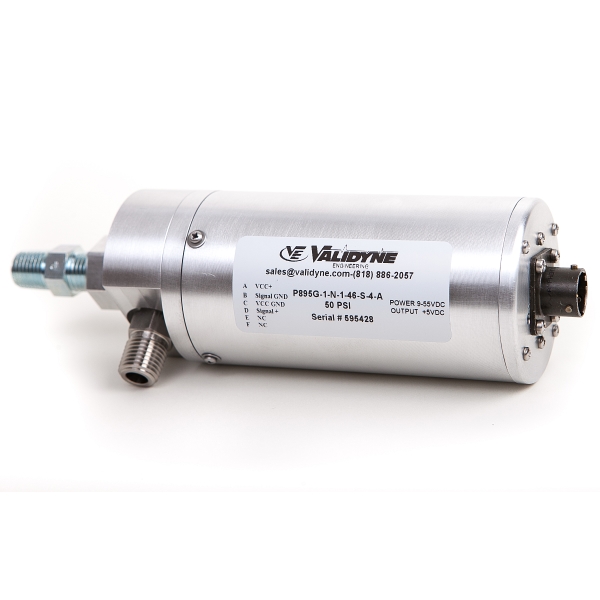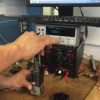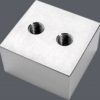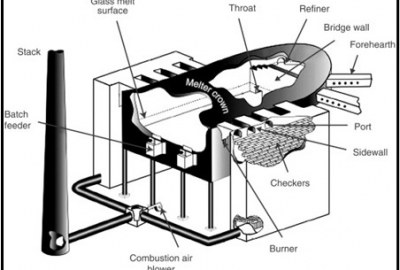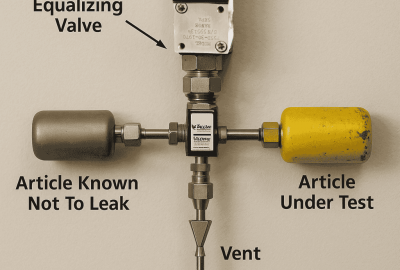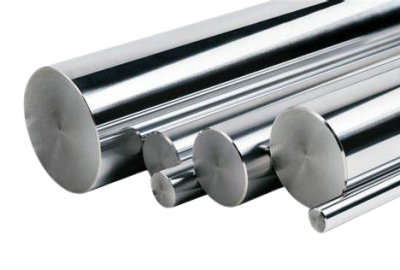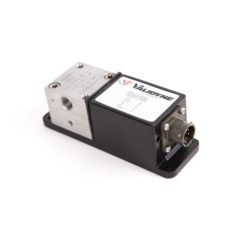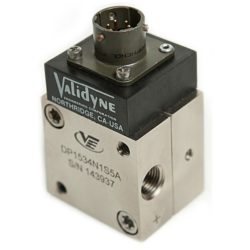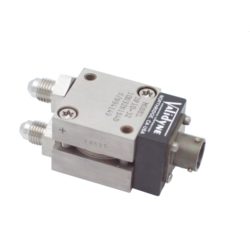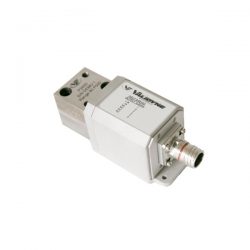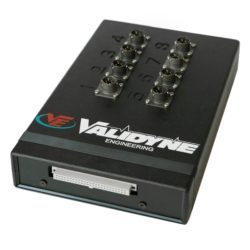Aerospace, Pressure Measurement
Measuring Vacuum Pressures
A subject that tends to cause confusion when specifying pressure transducers is measuring vacuum and how it relates to absolute pressure.
Here are some definitions:
Absolute Pressure – A pressure referenced to zero absolute pressure.
Gauge Pressure – A pressure referenced to the local atmospheric pressure
Differential Pressure – The difference in pressure between two points.
Vacuum – A pressure less than the local atmospheric pressure.
From the above definitions we can see that an absolute pressure is measured starting from absolute zero – the complete absence of pressure. The complete absence of pressure exists in space, but on the surface of the earth the atmosphere exerts a pressure of about 14.7 psia at sea level. A barometer is a device that uses a column of mercury to measure the atmospheric pressure and this ranges from about 27 In Hg to 33 In Hg, depending on the weather. In addition to varying with the weather, the local atmospheric pressure also depends on elevation. The atmospheric pressure is about half that at sea level when you are at an altitude of 17,000 feet.
A vacuum is any pressure less than the local atmospheric pressure. It is defined as the difference between the local atmospheric pressure and the point of measurement. A vacuum is correctly measured with a differential pressure transducer that has one port open to atmosphere. If, for example, the negative port is connected to a vacuum and the + port open to atmosphere, the transducer signal will increase as the vacuum increases. It will always indicate the correct vacuum, even when the local atmospheric pressure changes with the weather.
An absolute pressure transducer cannot measure vacuum directly. If connected to a vacuum the signal from an absolute pressure transducer will decrease as the vacuum increases, but you can only know the actual vacuum if you know the local atmospheric pressure because vacuum is always referred to the atmosphere. Another way of thinking of a vacuum is that it is a negative gauge pressure.
The local elevation will affect a vacuum measurement because the atmospheric pressure is affected: no matter how powerful your vacuum pump, you cannot pull a vacuum of 14 psi at an elevation of 6000 feet – because the atmosphere there is only about 12.5 psia and the difference between the atmosphere and a vacuum cannot exceed that pressure.
In summary: a vacuum is best measured with a differential pressure transducer having one port open to atmosphere.
Check out Validyne’s absolute, vacuum, gauge and differential pressure transducers.
Comments are closed

